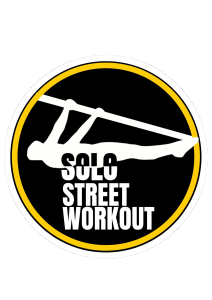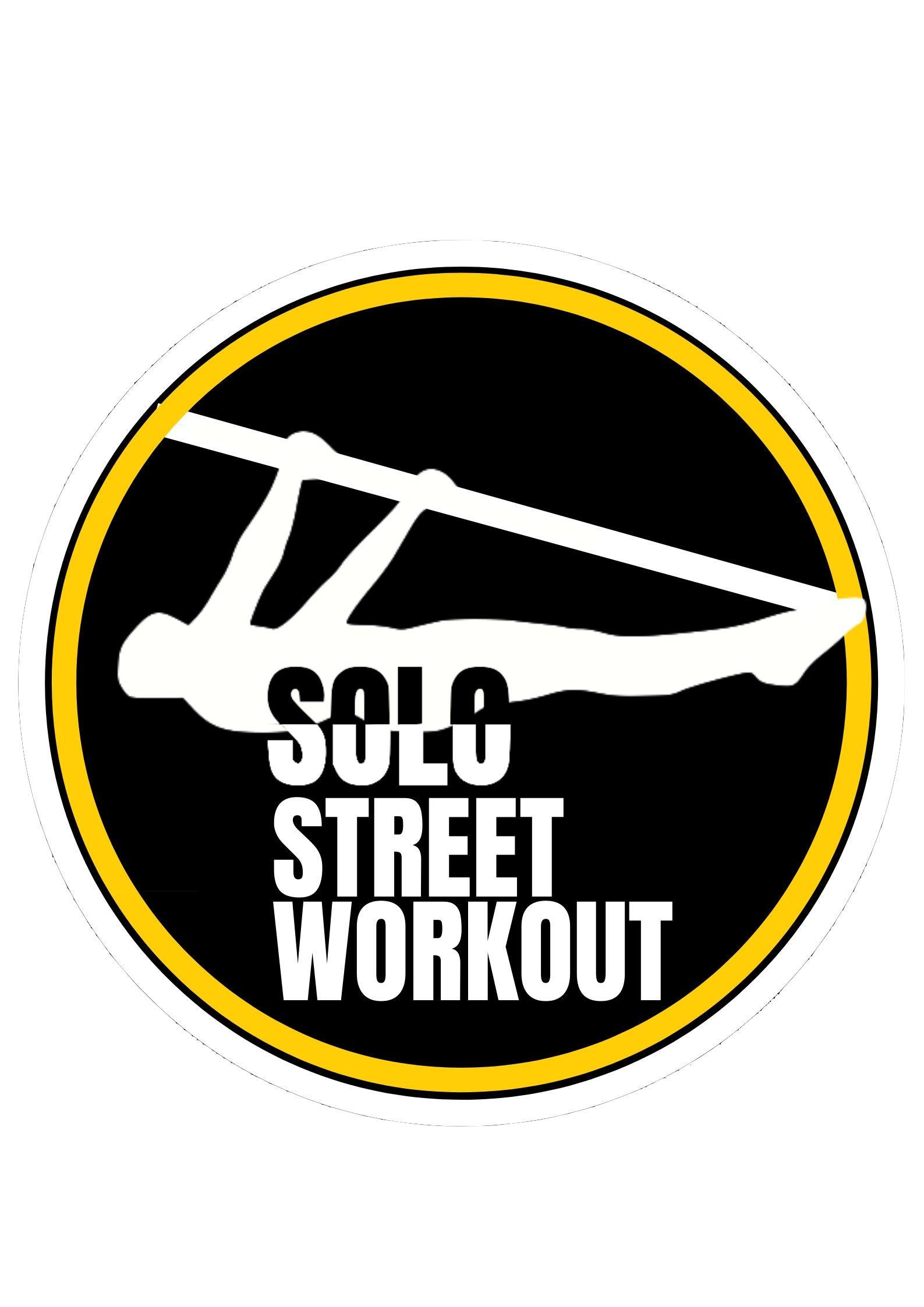HOW TO DO THE MUSCLE-UP | CALISTHENICS GUIDE
As the title says, this page has everything you need to start learning one of the most iconic calisthenics moves. I’ve put together three articles where I break down muscle up step by step, so it’s important you read them all to really get the full picture. In this one specifically, I’ll focus on proper technique and the muscles involved. I’ll also show you the different muscle-up variations out there—just in case you’re up for a new challenge after nailing the basic one.
INTRODUCTION TO THE MUSCLE-UP
Calisthenics is full of advanced moves, but if there’s one that most people try to learn early on, it’s the muscle-up. This exercise combines pull-ups (a pulling movement) with bar dips (a pushing movement), so you’ll need to have both basics solid before jumping into it. It also requires a good amount of technical skill to perform it correctly. Overall, the muscle-up will take your training to the next level—and I’m sure you’ll enjoy it as much as I do.
SECONDARY: Forearms – Biceps – Triceps – Traps
STABILIZERS: Core – Glutes
MUSCLES WORKED
As I mentioned earlier, the muscle-up is a compound exercise that combines two foundational movements. Because of that, it activates a wide range of muscles—the same ones involved in pull-ups and bar dips. Below, you’ll find a table breaking down the muscles involved, grouped by their level of engagement in the movement.
MUSCLE-UP TECHNIQUE
I’ve decided to split this section into two parts. First, I’ll break down how you should position your body during the muscle-up. Then, I’ll focus on the execution of the movement itself.
BODY POSITIONING
- Start by hanging from the bar.
- Your hands should be shoulder-width apart—usually a bit narrower than in a regular pull-up.
- Use an overhand grip (palms facing away from you). Once you progress, you can experiment with other grip variations.
- Wrap your thumbs around the bar. This gives you better control and activates your forearms more.
- Keep your core tight to maintain body control.
- Keep your legs straight and engaged to avoid swinging. Don’t use kipping (no swinging or kicking for momentum). If you need assistance, use a resistance band—but always keep proper form.
EXECUTION
- First, think of it as ripping the bar down, not pulling yourself up to it. This mental cue helps you better internalize the pulling motion.
- At the start, the first part of the movement is similar to an explosive pull-up. For that, you need to protract your scapulae (push them apart). A common mistake is retracting the scapulae, as in regular pull-ups, which is the opposite of what you want here.
- Once you pass the pull-up phase, focus on a clean transition, keeping your elbows aligned and parallel. Avoid flaring them out or lifting one elbow before the other—both can lead to elbow or shoulder injuries.
- The final position is with your arms fully extended, just like in a straight bar dip.
MUSCLE-UP VARIATIONS
While it’s true that the muscle-up has tons of variations—and some of them look even flashier than the original—I strongly recommend you don’t get ahead of yourself. Master the basic move first, make it your own, and then push it further. That said, here’s a breakdown of the different types:
Based on Grip Style
Overhand (pronated): The classic version. No need to elaborate here—this is the one I’ve been talking about throughout the article.
Underhand (supinated): Palms facing toward you. You’ll need serious explosiveness to pull this off. Don’t assume it’s easier just because chin-ups usually are—this is a different beast. Be careful with your wrists; they can take a hit if you don’t grip and support yourself properly on the bar.
Wide overhand: Tougher than the standard pronated grip, though the idea and execution are the same. If you want to learn it, check out my routines where I gradually increase hand distance. Don’t attempt this until your regular overhand muscle-up is rock solid.
Close overhand: Not too difficult and usually the next one people learn. The dip portion gets trickier though. Try doing straight bar dips with a close grip to practice.
Mixed grip: One hand supinated, the other pronated. It’s not much harder than a regular muscle-up, but the coordination can be tricky due to the opposing grip.
“X Grip”: Yep, just like it sounds—cross your arms (both overhand) and try to muscle-up. Looks wild, and it is. Not super practical, but it’s great for videos. Go for it if you’re feeling brave.
Types of Muscle-Ups
Slow: A smooth, controlled muscle-up. To pull this off, you’ll need to use a false grip, with the bar sitting as close to your wrists as possible. I also recommend doing exercises that strengthen your elbow tendons (like Russian dips, diamond push-ups, triceps extensions…), otherwise they’ll take a beating.
On rings: Before trying this one, get comfortable using rings. Not just for building strength, but for getting used to the instability. Ring training demands a ton of stabilizer work that you may not be used to. Start with pull-ups and dips on rings, and when you go for the muscle-up, use a false grip and keep your hands close to your body throughout the movement. Do accessory work to strengthen your elbow tendons and avoid injuries.
Clap & back clap: Two separate moves, but I’m grouping them here. One is a regular clap after the dip, the other is a clap behind your back. Both require explosiveness, especially the second one, which is obviously more dangerous and harder to pull off.
Switch grip: Start with a supinated grip, explode up, and mid-transition switch to an overhand grip before finishing the dip. There’s a bit of a trick to it, and at first it may feel impossible—but with practice, it clicks.
To front lever: On the way down, hit a front lever for a second (or however long you can hold it), then go back up to the dip position. It helps to have the slow muscle-up down for this, because after the front lever you’ll have very little momentum—you’ll need to power back up with pure strength.
One-arm muscle-up: Easily the most difficult variation. If you want to learn this, head to YouTube—I’ve got no clue how to do it myself. What I can tell you is that you’ll need an explosive one-arm pull-up, otherwise it’s not happening.
That wraps up my intro to the muscle-up. If you’ve got any questions, feel free to drop a comment and I’ll get back to you as soon as I can. Hope you enjoyed it! And if you’re serious about learning how to muscle-up, make sure to check out my other articles on the topic. Catch you next time!






Leave A Comment